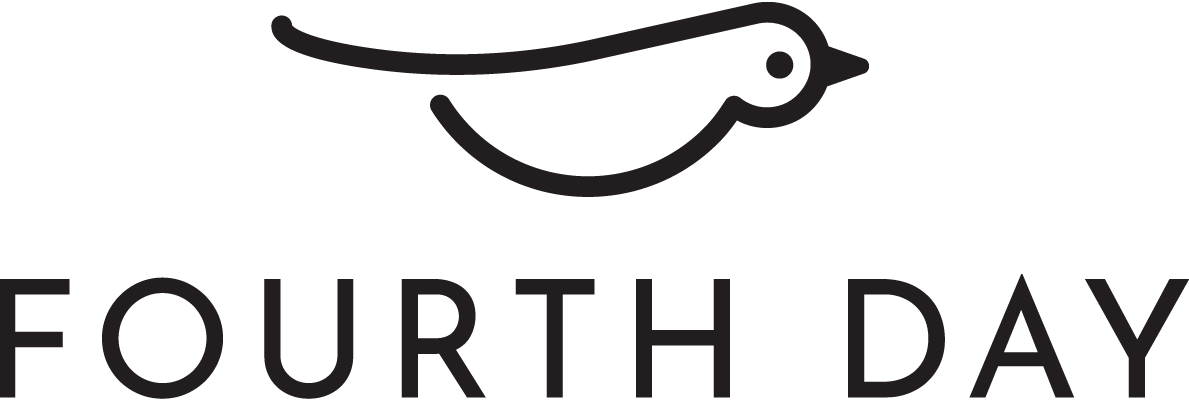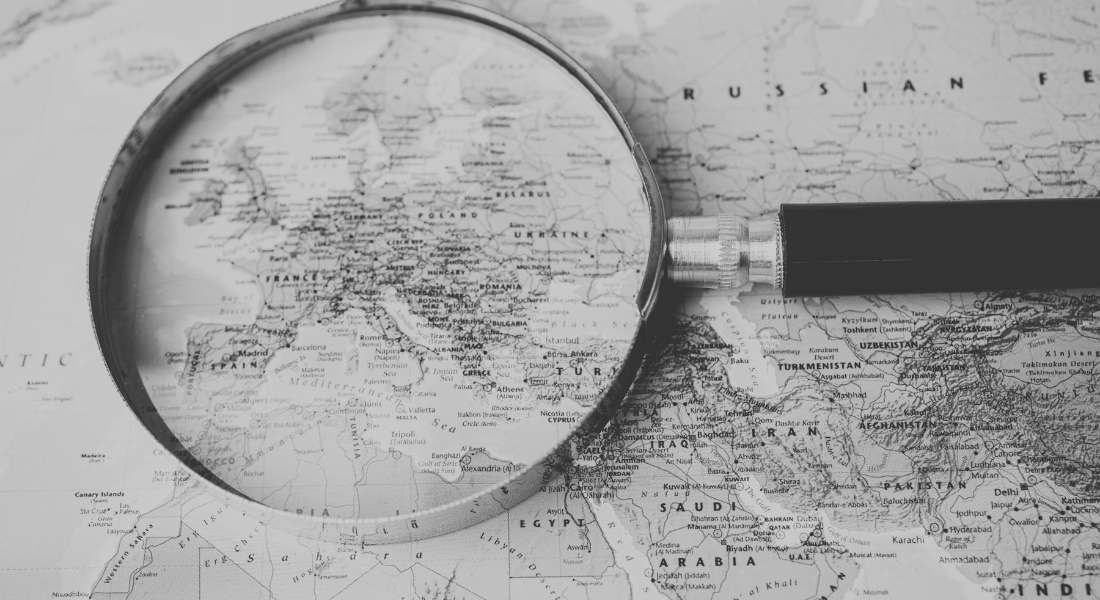Supporting brands in their European expansion: 4 points to consider
By Nikki Scrivener
Nikki recently shared her advice with communications professionals, on the topic of planning a European PR campaign, via the Vuelio blog. You can read the original piece here.
It has been a challenging couple of years for UK businesses and pandemic-driven uncertainty has forced many to adapt their strategies. Budget cuts – paired with restrictions on international travel and events – have also made launching in a new market difficult.
But, while the complexities brought about by COVID-19 and Brexit are not completely behind us, organisations are still optimistic about expansion. For many, this might mean entering a new market or region.
Your client may be looking to replicate their UK success in Europe, particularly where there are opportunities in the sectors they are targeting. Energy, healthcare, and manufacturing are growth industries in France, for example, while automotive, food, and electrical engineering are buoyant markets in Germany.
Regardless of the industry your client is in, there’s no ‘one size fits all’ approach when it comes to international comms. Don’t be tempted to just replicate what’s worked in the UK. Here are just a few things to consider when planning a PR campaign across multiple countries.
1. Understand the landscape
The PR landscape differs greatly across Europe. The UK, for example, is more open to direct PR approaches, due in part to the ratio of journalists to PR practitioners. With smaller newsrooms, many outlets will accept PR content that is of editorial standard – making it possible to place the right stories in high quality publications.
The numbers are different in Germany, however, with two-thirds of journalists to one-third PRs. When the PR landscape is vastly shaped by journalists, they are in firm control of what makes it onto their pages. Understanding how the media operates in a new territory, and the types of stories that resonate, will help you to adapt your strategy and content.
2. Adapt your tactics
Your usual PR tactics might yield different results across Europe, so it’s important to understand media preferences when planning your launch.
Obviously, in the UK, journalists expect a quick turnaround on content and often request last-minute, data-rich quotes from top-level executives. Companies that can be agile and act quickly can land the best coverage, including in national titles.
Bylines are also a powerful PR tool in the UK, but mainly in the B2B media arena. In France, however, national newspapers regularly accept bylines from company execs, provided they address a newsworthy, trending topic.
In Germany, the PR landscape is slightly more traditional. The importance of print is undeniable, and there’s a certain prestige attached to magazine coverage. With deadlines months in advance for B2B print media, companies often pitch stories in May and have them published in September, so a long-term content strategy is needed for this market.
3. Build relationships
As face-to-face meetings slowly make a comeback, knowing how to network with journalists in a new market can be a real boost for your PR campaign – whether you are setting up a meeting to introduce your client to a journalist, or simply trying to build connections with local editors yourself.
Europe’s bustling events calendar – packed with annual trade shows and industry showcases – presents a great opportunity to meet with journalists, introduce your client, and build meaningful connections. While these opportunities do exist in France, French journalists often prefer one-to-one lunches or desk-side briefings.
Knowing where the media are based in each market is also important when trying to secure quality time with journalists. In the UK, for example, most (but not all) trade publications are based in the South of England, whereas in Germany, trade outlets tend to be located in sector-specific hubs. So, you will typically find more tech outlets clustered in Munich and more financial outlets in Frankfurt. And unlike the UK – which has strong regional business outlets – most French news outlets are headquartered in Paris, so meetings with journalists will need to take place in the capital.
4. Localising your content
My last piece of advice is simple – localise! At a very basic level, content should be translated and adapted using local insights where possible. Having local spokespeople is also advised if you are planning to make a lasting impression with the media. In Spain, for example, a local country manager who can talk about local plans will be more interesting than an English-speaking CEO addressing the ‘global picture’.
And when it comes to the subject matter, proceed with caution when it comes to promotional or product-led content. The UK media are sometimes happy to include product details if it ties in with a feature, but the German press are less lenient and will more than likely offer you a paid opportunity instead.
Once you’ve had a taste of success launching your client in one market, it’s great to be able to replicate that elsewhere. However, with each location having its own cultural nuances, it’s crucial to have a tailored communications plan that can work in each region. To launch successfully in Germany, France – or beyond – take your time to assess the PR landscape, adjust your tactics, and localise, localise, localise!
Share this:





